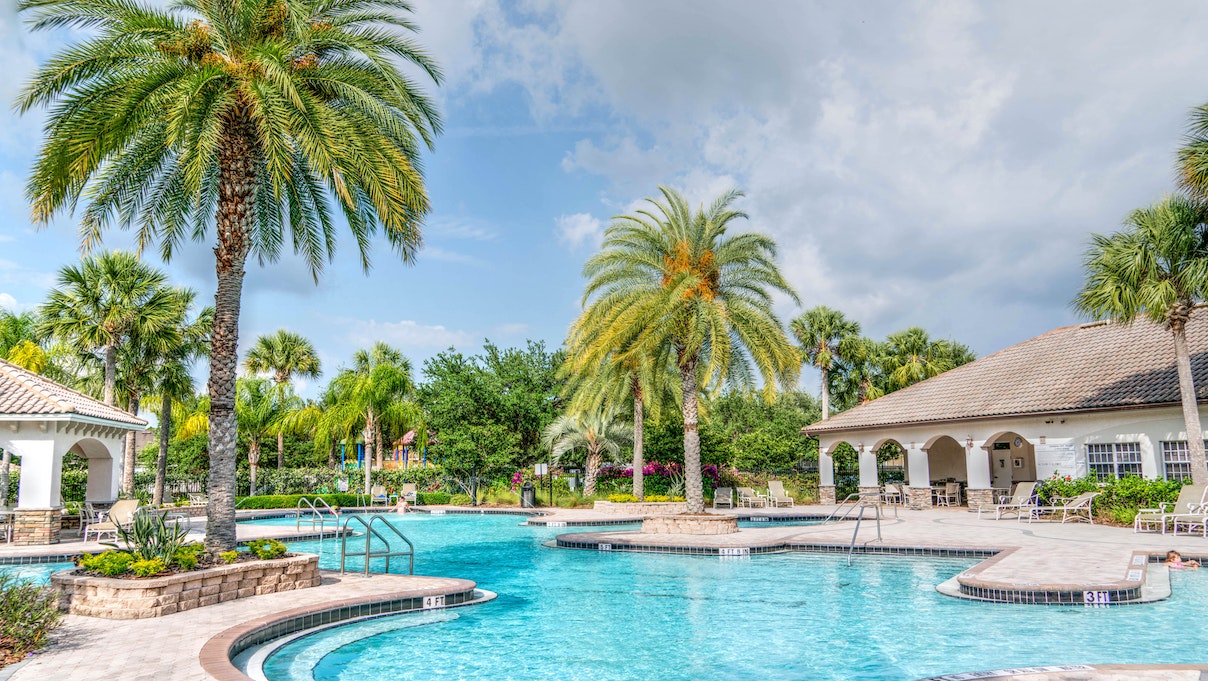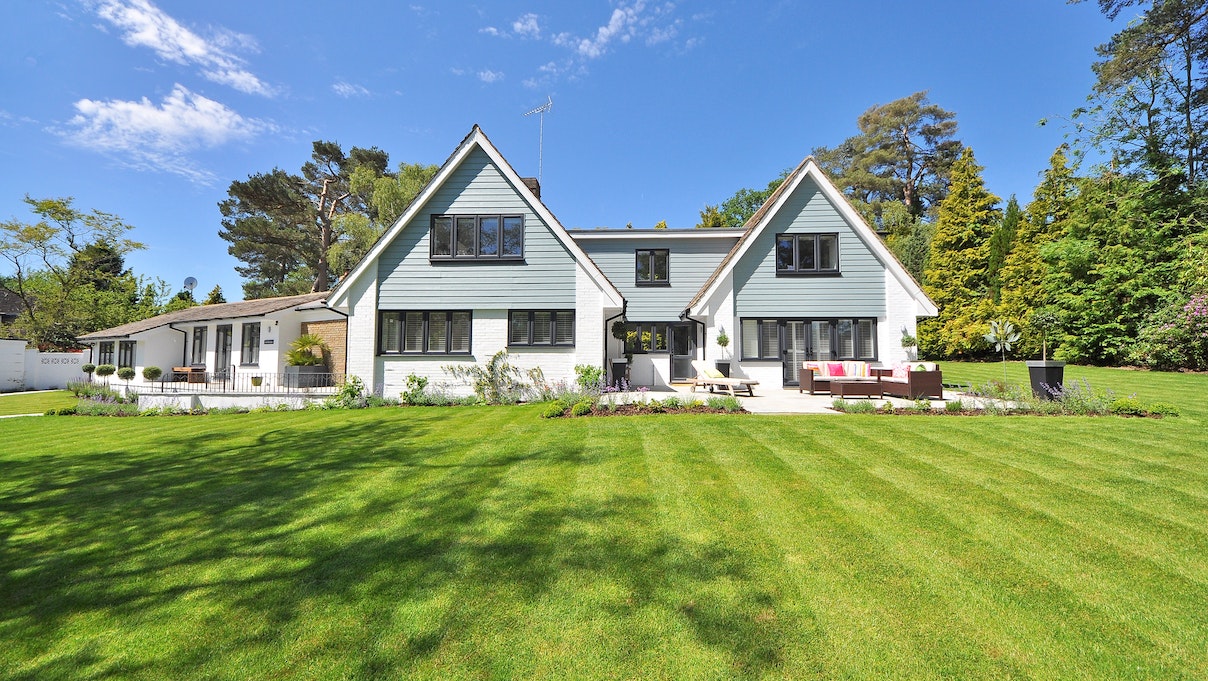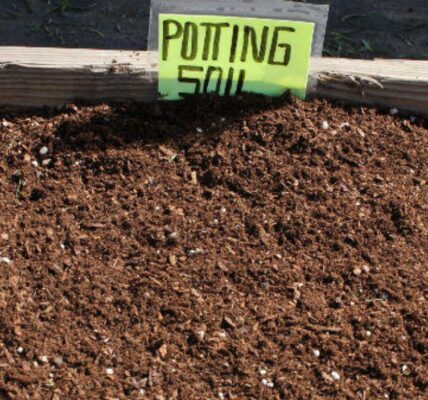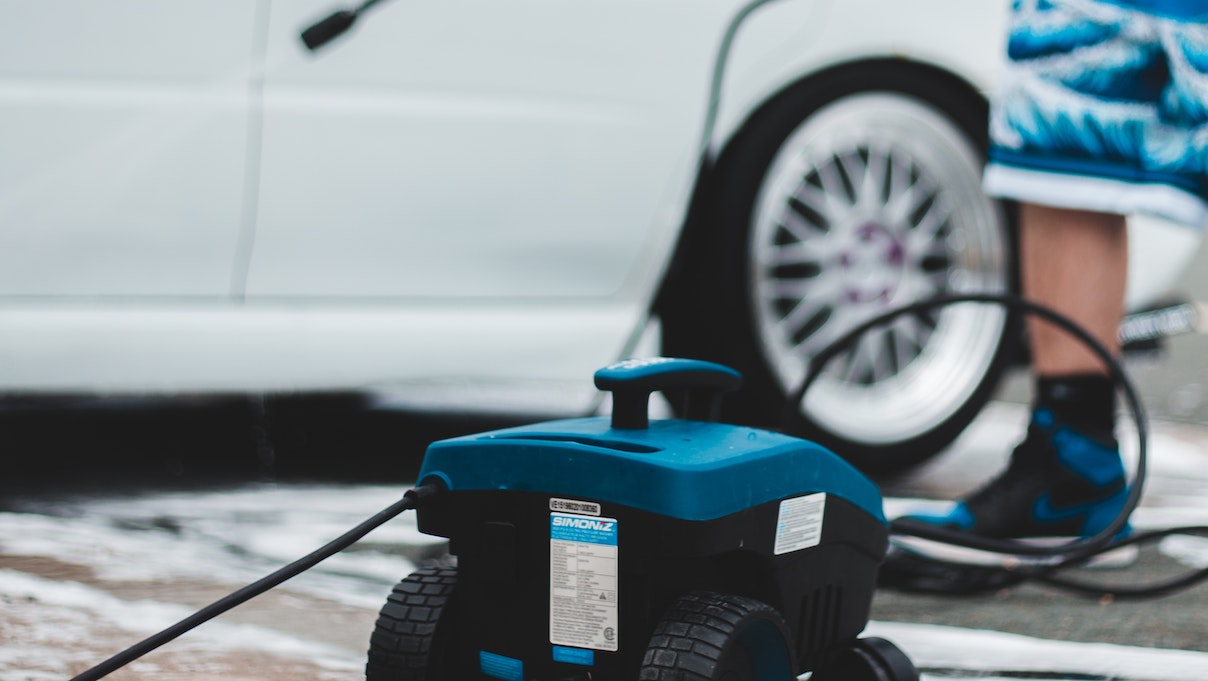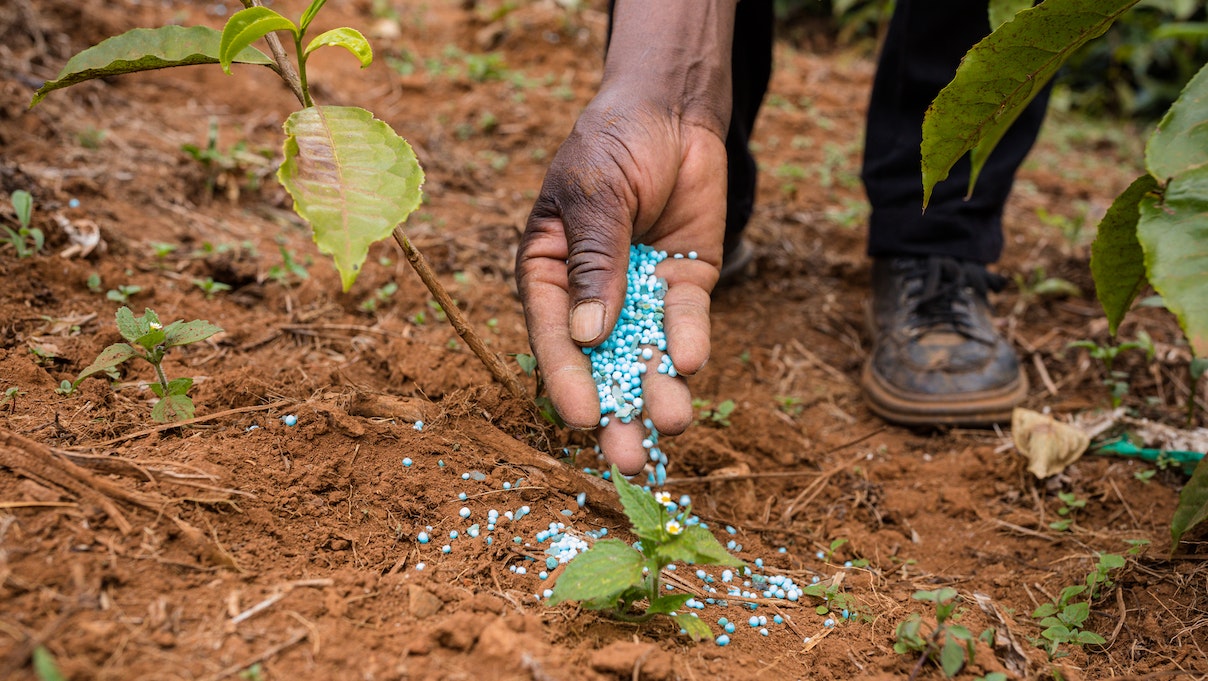To ensure the safety of your loved ones, it’s recommended to use a small amount of disinfectant when cleaning your outdoor wading pool. However, adding chlorine (CI) should be done with caution. To determine the appropriate amount of chlorine solution to add, it’s best to refer to the manufacturer’s guidelines and the information provided on the CI chemical bottle. Overuse of chlorine can be harmful to your family and friends. It’s recommended to measure the size of your pool and perform a quick calculation to determine the correct amount to add.
What makes the pool’s chlorine level too high?Â
An issue that often arises in pools is having too much chlorine in the water. To eliminate excessive algae, bacteria, and other microorganisms, it’s recommended to shock the pool by adding more chlorine when opening it for the season, as advised by most manufacturers.
However, over-chlorination can occur if you miscalculate and add too many granules or tablets during normal maintenance or shocking tasks, even after learning how to vacuum a pool or clean a pool filter. This can lead to various harmful health effects.
What are the negative effects of a high level of chlorine?
Your swimsuit‘s colors may fade in a pool with too much chlorine, making it look drab and beige even after just one dip. Furthermore, materials exposed to high chlorine levels may lose their color. After receiving a hair dye treatment, it is best to avoid swimming in chlorinated water because the chlorine can make the colour appear spotty and faded.
Excessive levels of chlorine can damage pool covers over time and cause health problems such as eye irritation, dry hair and skin, and respiratory issues. Chlorine vapor can exacerbate breathing disorders if inhaled.
Some methods to lower Chlorine in your pool
Let the pool lower Chlorine itself
Removing the pool cover or solar cover for a few days will give your pool time to process excess chlorine on its own. The UV light from the sun can naturally break down chlorine quickly. If the chlorine levels are too high, it’s important to prevent anyone from accessing the pool until the levels have returned to a safe range. Additionally, check out this article to learn how to clean a hot tub cover.
Swim in the pool
If your pool’s chlorine levels are only slightly high, you can try an easy solution by going for a swim with your family and friends. The reason chlorine is added to pools is to make them more sanitary, so introducing some contaminants into the water might help to balance the levels.
Use Hydrogen Peroxide
To oxidize chlorine in your pool, hydrogen peroxide is used as a pool chemical. However, using regular hydrogen peroxide is not effective enough, so it’s important to buy food-grade (35%) hydrogen peroxide that is specifically designed for use in pools.
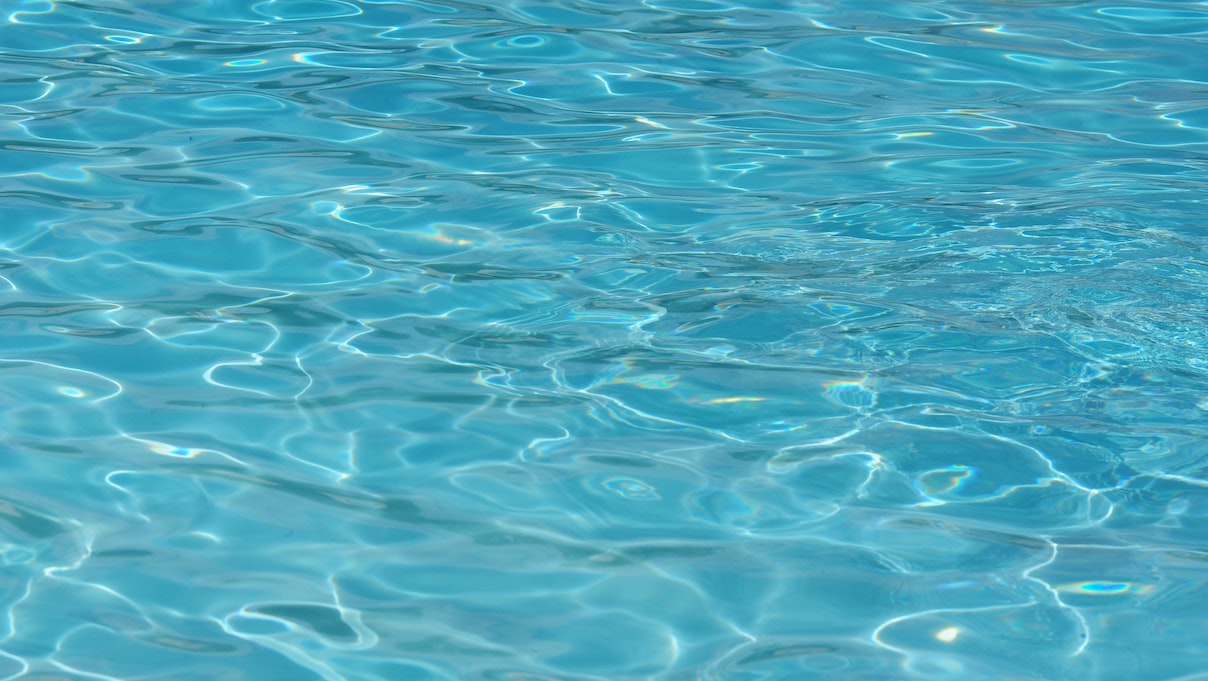
FAQs
1. How long do I have to wait for chlorine levels to decrease?
To lower chlorine levels in your pool, it’s best to avoid using the pool for about 24 hours after adjusting the levels, but if you shock the pool, the wait time may be shorter. It’s recommended to test the water before using the pool again.
2. Can I use baking soda to lower chlorine in my pool?
Although baking soda alone cannot reduce chlorine levels in the pool, it can help raise the pH level, which in turn can break down chlorine and help lower its levels.
3. How to lower chlorine in a hot tub?
To safely reduce chlorine in a hot tub, you can allow the water to sit for a while to see if the chlorine breaks down naturally, remove some of the water and add fresh water, use a chlorine neutralizer, and check the water for damage. An article with tips on how to clean a hot tub is also recommended.
